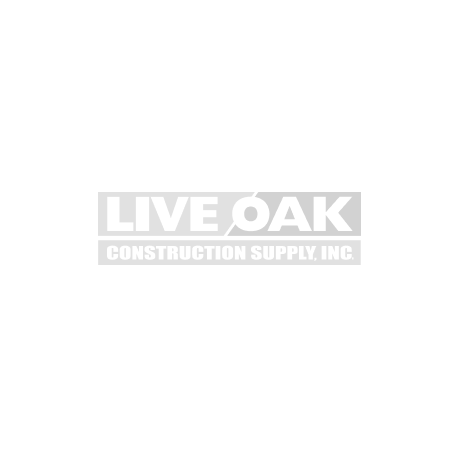A car is only as good as its tires. You wouldn’t get a nice car and outfit it with a pair of low-quality tires. And you wouldn’t get the wrong tires for your car. It’s the same when choosing diamond blades. Get the wrong one and you’ll ruin the blade, or worse, your equipment. So when you’re ready to decide, ask yourself these four questions.
What material are you cutting?
In general, a hard bond, or matrix, is best suited to cut softer materials like green concrete and masonry block. Softer bonds are typically best for harder materials like bricks or cured concrete. A properly matched diamond blade should cut fast and last. If the bond is too soft for the material you're working with, it cuts quick and smoothly but wears out quickly. If the bond is too hard, the matrix doesn't wear down to expose new diamonds so the blade is slow to cut.
What equipment are you using to cut?
A masonry saw, a chop saw, a conventional floor saw, an angle grinder...? Blades should be matched with the saw and horsepower to achieve the best results from the blade. Low-horsepower saws, in general, require less diamonds than higher-horsepower saws.
Where is the aggregate in your mix from?
Refer to an aggregate map like the one on our FAQs page for the manufacturer online. In general, if the aggregate is soft or abrasive, go with a hard-bonded matrix. If the aggregate is hard, go with a soft bond. Along with the type of aggregate, it’s also helpful to know its size.
In general, the larger the size, the slower the cut and slower the blade will wear.
Is the sand in the mix manufactured or natural?
The more abrasive the sand, the harder the matrix of the blade should be. Natural sands tend to be smooth and dull, but manufactured sands often have sharp, abrasive edges that wear the blade quickly.

